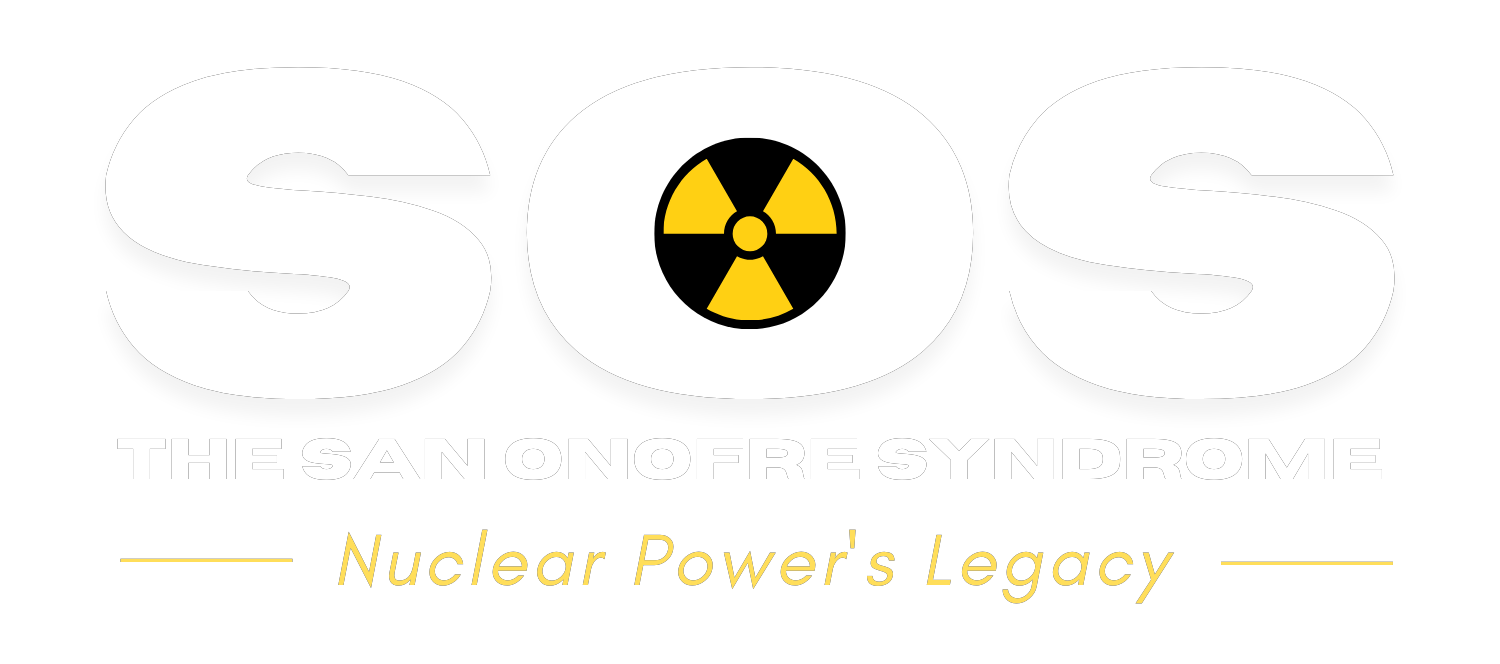‘A combination of failures:’ why 3.6m pounds of nuclear waste is buried on a popular California beach
The San Onofre nuclear power plant shut down years ago – but residents and experts worry what will happen with the waste left behind
Kate Mishkin — August 24, 2021 — The Guardian Newspaper (UK)
More than 2 million visitors flock each year to California’s San Onofre state beach, a dreamy slice of coastline just north of San Diego. The beach is popular with surfers, lies across one of the largest Marine Corps bases in the Unites States and has a 10,000-year-old sacred Native American site nearby. It even landed a shout-out in the Beach Boys’ 1963 classic Surfin’ USA.
But for all the good vibes and stellar sunsets, beneath the surface hides a potential threat: 3.6m lb of nuclear waste from a group of nuclear reactors shut down nearly a decade ago. Decades of political gridlock have left it indefinitely stranded, susceptible to threats including corrosion, earthquakes and sea level rise.
The San Onofre reactors are among dozens across the United States phasing out, but experts say they best represent the uncertain future of nuclear energy.
“It’s a combination of failures, really,” said Gregory Jaczko, who chaired the US Nuclear Regulatory Commission (NRC), the top federal enforcer, between 2009 and 2012, of the situation at San Onofre.
Buried waste
That waste is the byproduct of the San Onofre Nuclear Generating Station (Songs), three nuclear reactors primarily owned by the utility Southern California Edison (SCE).
Federal regulators had already cited SCE for several safety issues, including leaking radioactive waste and falsified firewatch records. But when a new steam generator began leaking a small amount of radioactivity in January 2012, just one year after it was replaced, it was SCE’s most serious problem yet. A subsequent report from the NRC’s inspector general found federal inspectors had overlooked red flags in 2009, and that SCE had replaced its own steam generators without proper approval. SCE tried to fix the problem but decided in 2013 to shut the plant down for good.
Activists thought they had scored a victory when the reactor shut down – until they learned that the nuclear waste they had produced would remain on-site.
That wasn’t supposed to be the case. Under the US Nuclear Waste Policy Act of 1982, the federal government was to move waste into a centralized, remote federal facility starting in 1998. In 2002, George W Bush approved Yucca Mountain, a site about 100 miles from Las Vegas, as a permanent underground nuclear waste repository. But in 2010, the Obama administration scrapped the controversial plan.
Without a government-designated place to store the waste, the California Coastal Commission in 2015 approved the construction of an installation at San Onofre to store it until 2035. In August 2020, workers concluded the multi-year burial process, loading the last of 73 canisters of waste into a concrete enclosure.
San Onofre is not the only place where waste is left stranded. As more nuclear sites shut down, communities across the country are stuck with the waste left behind. Spent fuel is stored at 76 reactor sites in 34 states, according to the Department of Energy.
Handling those stockpiles has been an afterthought to the NRC, the federal enforcer, said Allison Macfarlane, another former commission chair.
“It was not a big topic at the NRC, unfortunately,” Macfarlane said. “In the nuclear industry in general the backend of the nuclear cycle gets very little attention. So it just never rises to ‘oh this is a very important issue, we should be doing something.’”
Read more at The Guardian
